What’s the Buzz
The Bee Healthy Blog
Can an ACL Injury Heal Without Surgery?

ACL (anterior cruciate ligament) is one of the ligaments of the knee and attaches the thigh bone to the shin bone. This ligament supports the knee so it doesn’t slide the tibia over the thigh bone during forward movements.
The ACL provides support during stressful movements such as running or harsh turning during sports. It helps to maintain the proper functioning of the knee, specifically for athletes. ACL injuries, like a torn ACL, are more common and impactful for athletes than any other injuries, as they can affect their health and careers. There are severe and minor ACL injuries. People can have different symptoms depending on the severity of the injury.
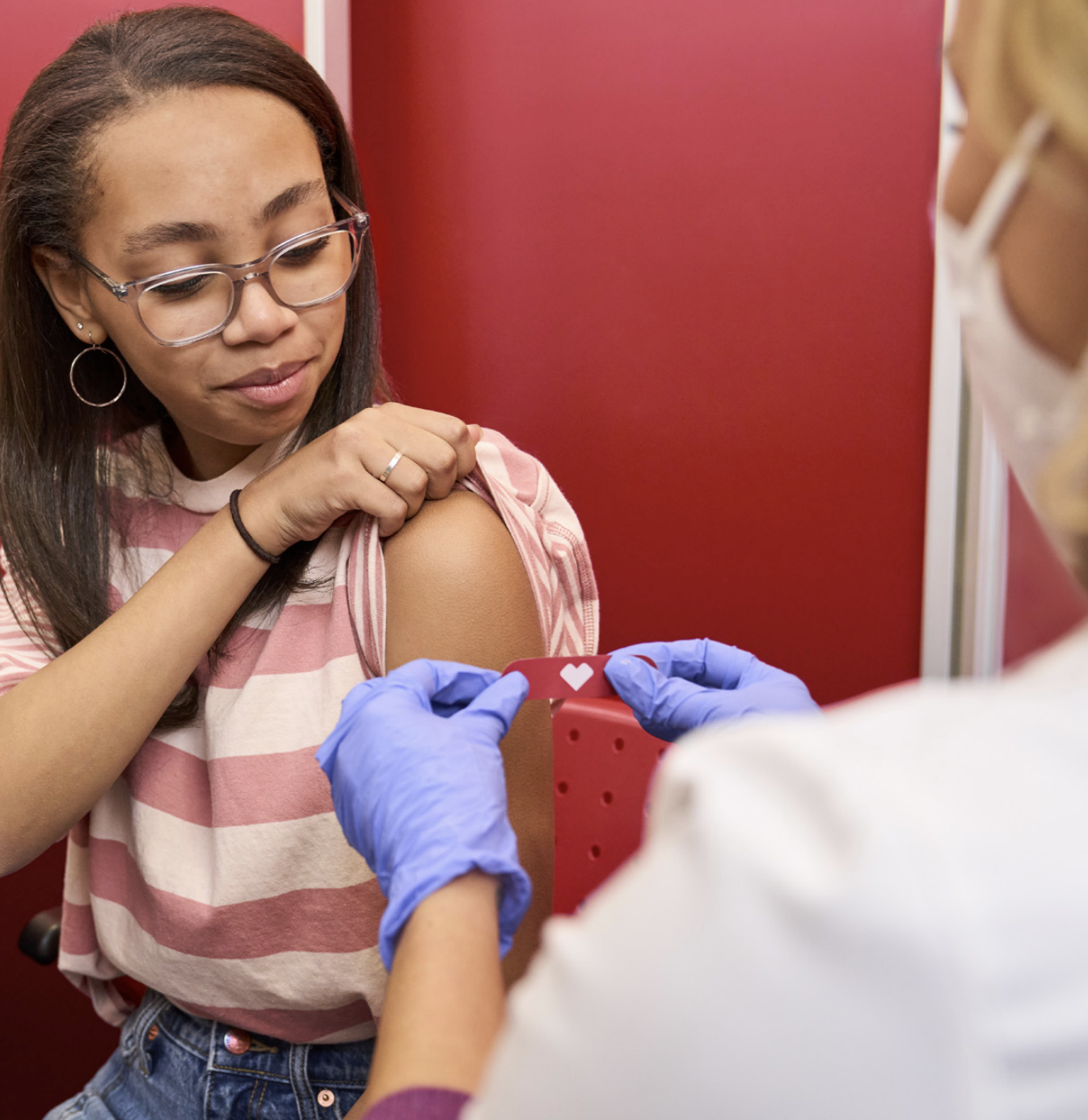
Schedule a vaccination
You have options when it comes to getting vaccinated. CVS Pharmacy is one option available to you. Verify network coverage with your health insurance plan.
What are ACL injuries?
Within the knee, there is a ligament called the ACL, which stands for the anterior cruciate ligament that looks like a rope. It keeps your knee steady and balances your leg to allow you to move more easily. It acts as a firm rubber band that prevents your knee from jiggling.
The pain or instability of the knee happens due to sudden stretching while playing sports or rapid movement, causing tear and damage to the anterior cruciate ligament, known as ACL injury. ACL plays a key role in correlated movements of the tibia and femur by preventing thigh and shin bones from sliding over each other. Certain sports or sudden jerks can lead to a torn ACL, thus stopping to change movements.
Causes of anterior cruciate ligament injury
The causes of the torn anterior cruciate ligament are:
Sports injuries
Sports such as football, basketball, soccer, cricket, tennis, soccer, and other activities that put a lot of stress on the knee joint can cause an ACL tear.
Improper landing
Incorrect landing after a sudden jump or abrupt stop while running can increase the chances of getting ACL tears.
Hyperextension
A direct impact or hit to the knee or hyperextension of the knee joint beyond its normal range of motion can lead to a torn ACL.
Sudden movements, trauma, pivoting
Changing directions suddenly while running or jumping, having weak muscles that are not strong enough to support the joint, or having any previous injury that wasn't fully cured or rehabilitated can increase the risk of ACL tears.
What are the severity levels?
There are 3 grades of severity regarding a torn ACL:
Sprain
These are grade 1 ACL injuries. The knee joint remains stable, and the ligament isn't torn but mildly stretched. This injury level is usually caused by the ligament stretching beyond full range. Symptoms of grade 1 injury include swelling and mild instability, with a bit of discomfort.
Partial tears
Partial tears are grade 2 injuries in which the ligament is on the verge of becoming loose. Some of the ligament fibers are damaged, causing moderate instability. Symptoms might include the inability to move the knee joint, constant pain, swelling, and instability.
Complete tears
The stretch that almost breaks or tears the ligament is classified as a grade 3 level ACL injury. In this case, the ligament is completely torn in 2 separate parts, causing complete instability. It affects the total range of motion of the knee joint, requiring prompt surgical reconstruction.
Symptoms of ACL injuries
The following are the symptoms of a torn ACL:
-
Instability and loss of activity
-
Severe pain
-
Rapid swelling
-
Loss of movement
Treatment approaches
ACL injuries are a serious issue to be addressed immediately. Not being appropriately treated in a timely manner can lead to a permanent ACL tear and even paralysis. After being diagnosed properly, your doctor will explain your options for treatment. The main option involved surgical reconstruction. However, in some cases, depending on your activity level and other lifestyle factors, your torn ACL may heal without surgery.
ACL reconstruction surgery
The surgical approach, called surgical ACL reconstruction, is aimed at restoring internal structure and function. It involves replacing the injured ligaments with tissue grafts from another body part. The method of grafting consists of the following steps:
Diagnosis
Pre-surgical assessments will help your doctor with the details of other damaged or absent tissues by MRI. Where the graft tissue is taken from depends on these pre-tests.
Arthroscopic techniques
Minimally invasive techniques are performed to obtain graft tissue from the kneecap, front thigh, and hamstring. Patients can usually go home after going through this procedure.
ACL surgery
After a thorough examination by the orthopedic surgeons and marking of the knee at both ends (from shinbone to thigh bone), holes are drilled at the marked area, tunnelling the shinbone to the thigh bone. Sutures are fastened. Fastening devices are chosen depending on the type of graft. Once the graft is attached at the one end of the knee, it will be moved continuously to adjust to its position. After adjustment, the other end is fastened similarly.
Recovery timeline
Recovery time can vary for individuals depending upon graft type, surgical techniques, and injury severity.
Immediate Post-surgery
After surgery, your doctor will start you on a pain management plan to minimize pain while you let the ACL tear heal.
A few days later
The injured leg will need to be in a brace for support and immobilization in order to properly heal.
Several weeks later
After reduced swelling, gentle exercises should be gradually introduced to the patient to develop strength and stability. After six to eight weeks, there should be more stability, strength, and movement in the affected knee.
End-stage recovery
In later weeks, the patient can perform more sports-related activities and exercises to gain strength, stability, and a functioning knee. However, graft recovery should be monitored.
Every individual heals on their own time. Take your time and do not rush ACL healing.
Benefits of ACL reconstruction surgery
ACL reconstruction surgery restores knee stability, reducing risk of further damage. Surgical intervention can prevent secondary injuries, including meniscus tears due to knee instability. Athletes and young persons can benefit from ACL surgery as it increases the likelihood of a positive outcome for returning to high-intensity sports and activities.
Healing ACL injury without surgery
For those with underlying health conditions or who do not regularly play sports that put a lot of stress on their knee joints, there are other treatment options available that do not involve surgery.
A torn ACL can potentially heal without surgery with the following treatment methods:
-
Physical therapy to help improve stability and strengthen the knee, to restore function over time. Physical therapy is quite effective for minor ACL injuries.
-
During the early stages of recovery, wearing a knee brace can provide support and increase knee stability.
-
RICE (Rest, Ice, Compression, Elevation) treatment can help to reduce swelling and pain during the early stages of ACL tears.
Recovery process without surgery
Acute phase
Phase 1 focuses on applying the RICE principle to reduce pain and swelling.
Rehabilitation phase
Phase 2 involves physical therapy to improve muscle strength, range of motion, and stability.
Functional phase
Phase 3 includes functional exercises and activities to regain full flexibility.
Proper post-monitoring
Long-term monitoring will help prevent future complications after gradually returning to normal activities.
Challenges
Challenges related to surgical & non-surgical ACL treatment can sometimes include:
-
ACL reconstruction surgery risk factors include the potential for infections, inflammations, blood clots, and anesthesia-induced complications.
-
Recovery time can be challenging and time-consuming. The patient may struggle to refrain from strenuous exercises or avoid engaging in sports activities for such an extended period of time.
How are treatment decisions made?
Treatment decisions for torn ACL are made based on multiple factors that include,
-
The severity of the injury is classified as grade 1 or grade 2. They can be treated with medications. However, grade 3 injury requires proper care and surgical intervention.
-
Symptoms ranging from knee pain, swelling, limited range of motion, and difficulty during daily chores can increase instability and require immediate treatment.
-
Patients' overall health, medical history, and concomitant diseases are required to determine the patient's ability to tolerate anesthesia.
-
Patient preferences, lifestyle, activity level, and long-term consequences such as arthritis require consultation from a specialized medical doctor or orthopedic surgeon.
-
The decision to pursue surgery is based on an individual's activity level rather than their age. For instance, in the case of ACL tears in children and teenagers, opting for early ACL reconstruction carries the potential hazard of growth plate damage, resulting in issues related to bone growth.
Research has shown that surgery to fix a torn ACL is often the best choice for people who are very active or play sports. Whether or not an ACL injury can heal without surgery depends on various factors, including the extent of the injury and the individual's lifestyle. Some people may find relief through physical therapy and exercise for minor tears, but the knee may not fully return to its pre-injury stability. In more severe cases or for those who want to maintain an active lifestyle, surgery is often recommended to restore knee function and prevent future complications.
References
-
https://orthoinfo.aaos.org/en/diseases--conditions/anterior-cruciate-ligament-acl-injuries/
-
https://www.upmc.com/services/sports-medicine/services/acl-program/treatment/surgical/during-surgery
-
https://www.arthritisportal.lu.se/article/new-study-finds-ruptured-acls-can-heal-without-surgery
-
https://bjsm.bmj.com/content/early/2023/06/13/bjsports-2023-106931
- The ACL provides support during stressful movements such as running or harsh turning during sports.
- The ACL provides support during stressful movements such as running or harsh turning during sports.
- The ACL provides support during stressful movements such as running or harsh turning during sports.
- The ACL provides support during stressful movements such as running or harsh turning during sports.
- The ACL provides support during stressful movements such as running or harsh turning during sports.
- The ACL provides support during stressful movements such as running or harsh turning during sports.
- The ACL provides support during stressful movements such as running or harsh turning during sports.
- The ACL provides support during stressful movements such as running or harsh turning during sports.
- The ACL provides support during stressful movements such as running or harsh turning during sports.


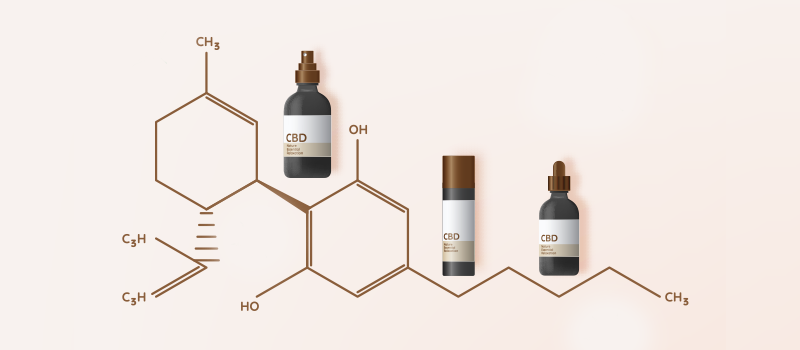

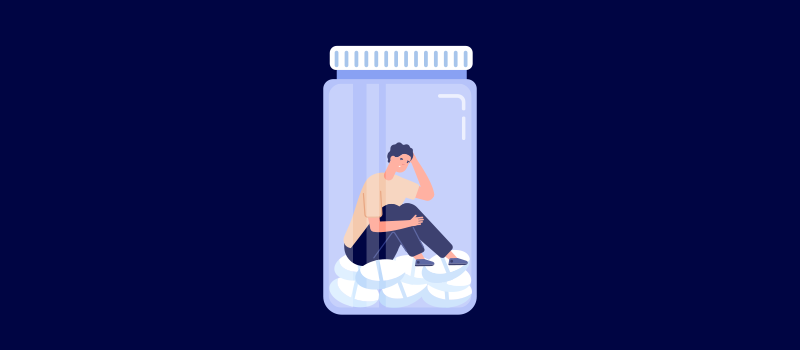



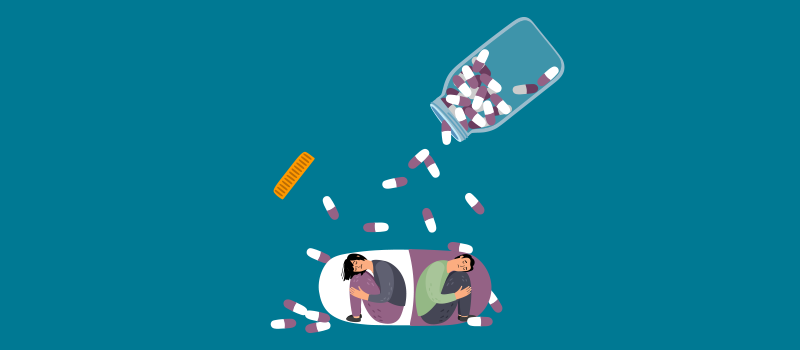

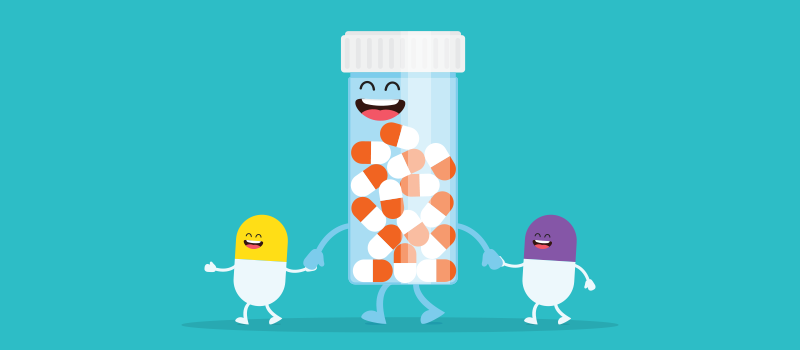


SOCIAL